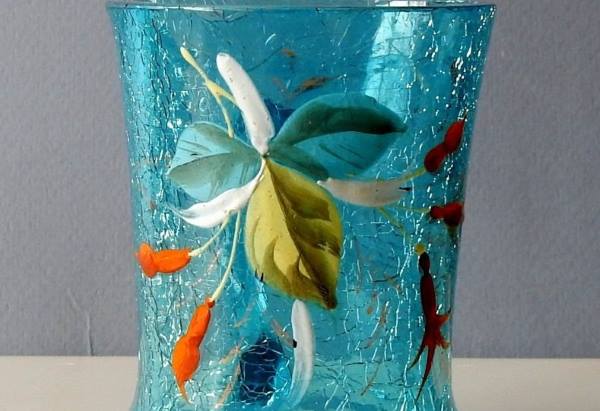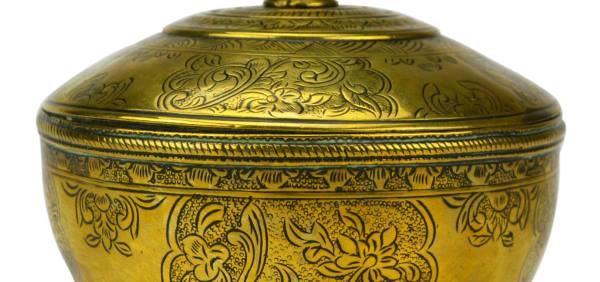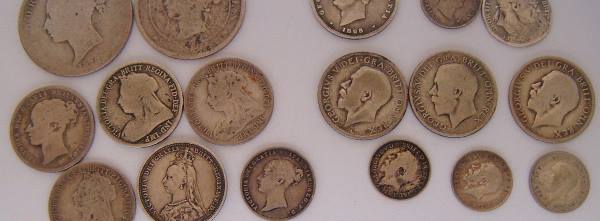Thimble collecting is so popular that collectors even have a special name – digitabulists. The earliest known thimble dates from the Han Dynasty in China, making it 2000 years old, give or take a couple of centuries. Modern collectors are mainly interested in thimbles from the 19th century and the first half of the 20th century. Thimbles come in a huge variety of materials including bone, brass, gold and silver, and especially elaborate examples can even be inlaid with diamonds and other precious stones.
The 19th century became the golden age of thimbles when the advent of the industrial revolution meant that thimbles could be mass produced using machine made knurling and die-stamping. Even quite elaborate thimbles became cheap enough to be afforded by many. Thimbles were gifted as love-tokens, to commemorate important events and as confirmation presents.
English thimbles had been made from silver since the middle ages and the metal was commonly used by the Victorians, although few were hallmarked until the later part of the 19th century. Charles Horner is one of the best known Victorian English thimble makers, and he introduced an important improvement to silver thimbles. Popular though silver thimbles were, the metal was rather too soft, and needles could pierce the thimble. Horner solved this problem by making thimbles with a steel core, lined inside and out with silver. Such thimbles are called Dorcas, and are especially popular with collectors.
Manufacturers also made thimbles for the emerging seaside souvenir market, as commemorative items for events like the Great Exhibition of 1851 and as promotional items for commercial concerns. Some English makers like Spode and Wedgewood made thimbles with ornate designs from bone china. These were never intended for use and appealed to a collectors’ market that already existed in the 19th century.
Thimbles often have a dimpled tip to help guide the needle during sewing, and this is a feature which can be used to date them. Before the 19th century the dimples were hammered in by hand, but once industrial methods were used, this was done by machine. If the dimples on a thimble are irregular, then the thimble was most likely made before the mid-19th century.
Victorian silver thimbles can range in value from as little as £10 up to £300, depending on condition, maker and intricacy of design.




